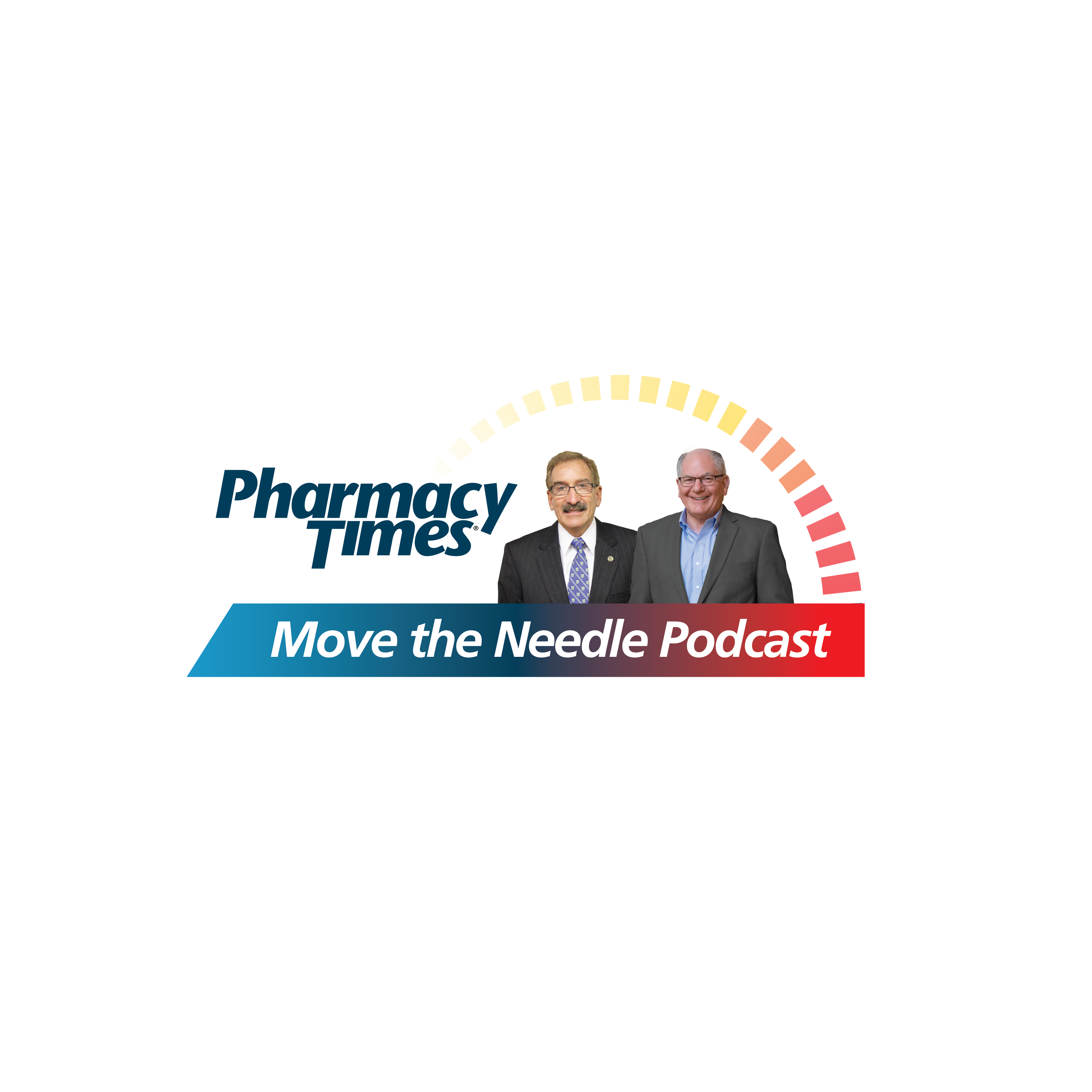Opinion
Video
Signs of Vaccine Hesitancy and Identifying Patient Needs
An expert panel reviews the signs of vaccine hesitancy and how pharmacists can address patient concerns.
Rodney E. Rohde, PhD, MS, SM (ASCP) CM, SVCM, MBCM, FACSc: Dr Welch, what are signs of vaccine hesitancy and how can pharmacists recognize when a patient might be experiencing it? So that patient level experience and the type of talking points you may use. We’ve probably already touched on some of these, but [what are] other examples that might be useful in your conversations?
Adam C. Welch, PharmD, MBA, FAPhA: I think we have some ideas of what hesitancy could look like, but none of them will necessarily apply to the patient that’s in front of you. It’s very specific, and you need to have that tailored conversation with the patient to get the best results. The problem is it takes time. For the truly vaccine-hesitant, we might need to spend 20, 30 minutes of 1-on-1 conversation with them to talk about what their concerns are, to give them facts, and ask their permission to have these conversations. And then they may or may not get the vaccine. But we don’t have 20 to 30 minutes for every patient out there. So how do we do it? We do it in little tidbits. If we see our patients weekly or monthly in a community pharmacy, we mention it. We let them think about it. We address 1 or 2 of their concerns at the next visit and we keep that messaging upfront continuously. Then, over time, we’re able to move the needle. I think the issue, particularly with influenza, is that people think of this viral infection in so many different ways. So they get an upper respiratory infection. It could be rhinovirus. It could be a common cold. It could be human metapneumovirus, respiratory syncytial virus [RSV], COVID-19, the other coronavirus, not the pandemic. There are like 8 of them.
Rodney E. Rohde, PhD, MS, SM (ASCP) CM, SVCM, MBCM, FACSc: Tons of them.
Adam C. Welch, PharmD, MBA, FAPhA: So it could be a lot of different things, but they all present similarly. They say, “Oh, I got the flu when I got the flu shot.” Well, maybe in that 2-week window, while they’re building immunity, they contracted it. But what’s more likely is they probably had a common cold and they’re associating that with it. But that conversation takes time. And these people would be vaccine hesitant because of previous experiences. So we as providers need to address that experience. In a proper way, we need to focus on them and we need to address their concerns. Another strategy is to take the idea of getting an influenza vaccine and make it an opt-out option. “You don’t want the flu vaccine, do you? Or do you want to get a flu vaccine while you’re here?” Those aren’t very strong recommendations. “Hey, I see it’s time for your flu shot. We’ll get that for you here.” And make them have to opt out of it. Just the different tone of your recommendation will go a long way in getting people vaccinated.
Rodney E. Rohde, PhD, MS, SM (ASCP) CM, SVCM, MBCM, FACSc: Absolutely. Critical points. And going back to what we talked about earlier, even in that conversation, you might pose that as: “You know what I just realized, my parents needed the flu vaccine this week. Why don’t we get you vaccinated to protect you in the upcoming season?”
Randy McDonough, PharmD, MS, BCGP, BCPS, FAPhA: I was going to add to that, too. Part of what we have done with our interventions is we do it year-round. We’re actually going to the state registry to identify gaps within the vaccines that the patient may have and make sure that we’re having that conversation with them. I totally agree with you too, Adam, that it really is about bits of information over time. I’m a big believer in the adoption curve. You may have to hear the message 15 times before you actually say, “Actually, I do need that.” And it became their idea. And that’s what you want to do. But you want to hear the reasons why they’re hesitant and then try to give them the information over time so that they can start simulating that information, saying, “OK. Yeah. Maybe I do need to get this.” And really build that trust and rapport with the patient, and having a pharmacist take the time to identify the needs, identify the gaps, have that conversation with them. It’s amazing the number of patients you can capture and get that flu shot or other vaccines very quickly.
Chad Worz, PharmD, BCGP, FASCP: I was just going to say I love your opt-out philosophy. Because, again, if you’re going to admit somebody into a service, whether that service is the skilled nursing home, the assisted living center, the home care service that you’re providing, what we learned during the pandemic was we had to go out and get consent for COVID-19, which was challenging at times. When we set up the admission procedures going forward, we embedded in there, we’re going to do your annual vaccines according to ACIP [Advisory Committee on Immunization Practices] recommendations. So flu, whatever ultimately comes out for COVID-19 and maybe even for RSV, and that takes the decision away at the moment. It puts it upfront. You’re coming to this nursing home. You’re making the decision, and then it’s over. They would have to opt-out at the time as opposed to opting in. And I think that’s a huge advantage.
Rodney E. Rohde, PhD, MS, SM (ASCP) CM, SVCM, MBCM, FACSc: I think it gets into tone, body language, and confidence when you state those things. Again, I think things we should think about even at the curriculum level. I think in my latter years, I really have started realizing how critically important it is for providers, professors, and others who have this moment to educate and help people transition into practice, that they don’t have the tools sometimes. I mean, it’s easy for us to say this, but some pharmacists, some physicians may not be that person. And so there might even be opportunities within our organizations to have workshops. I mean, soft skill building and how to…
Randy McDonough, PharmD, MS, BCGP, BCPS, FAPhA: Motivational interviewing, health coaching. I think these are all good skills for health care providers to have. It’s not us telling the patient what they need. It’s us working with the patient to help them identify [and] recognize what they need. And that’s a skill set itself.
Rodney E. Rohde, PhD, MS, SM (ASCP) CM, SVCM, MBCM, FACSc: It’s funny. I often use the analogy for myself. I worked for 10 years, and then I moved into academia. Once I got a PhD, everybody thought I’d be the greatest [teacher]. You’re a teacher, right? Well, no one taught me how to teach. Isn’t this a weird world? Only when I went and studied adult learning and transformation and translation of information did I start going, man, I have been doing this so poorly in the early parts of my career. So even experts need to be reviewed, perhaps, and find out, do you need this skill set? Would you like to have this opportunity to get some continuing education and how to relate to people, and how to have that tough conversation with someone?
Transcript edited for clarity.












